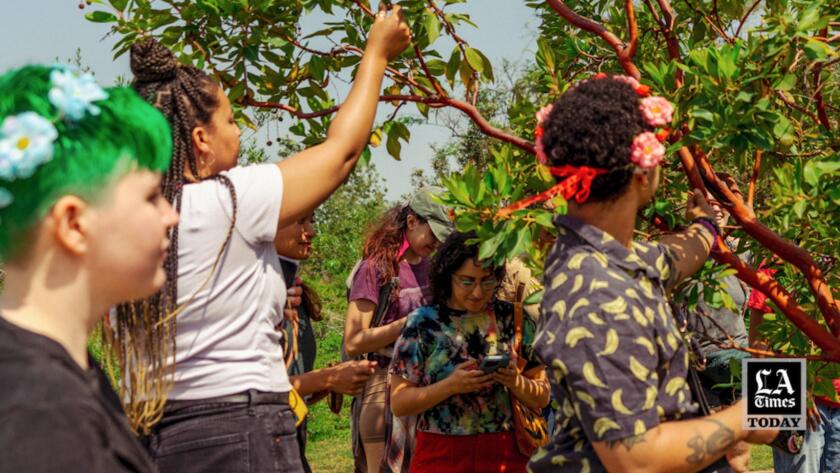The ‘fruit princess’ of L.A. wants to make foraging more accessible to all
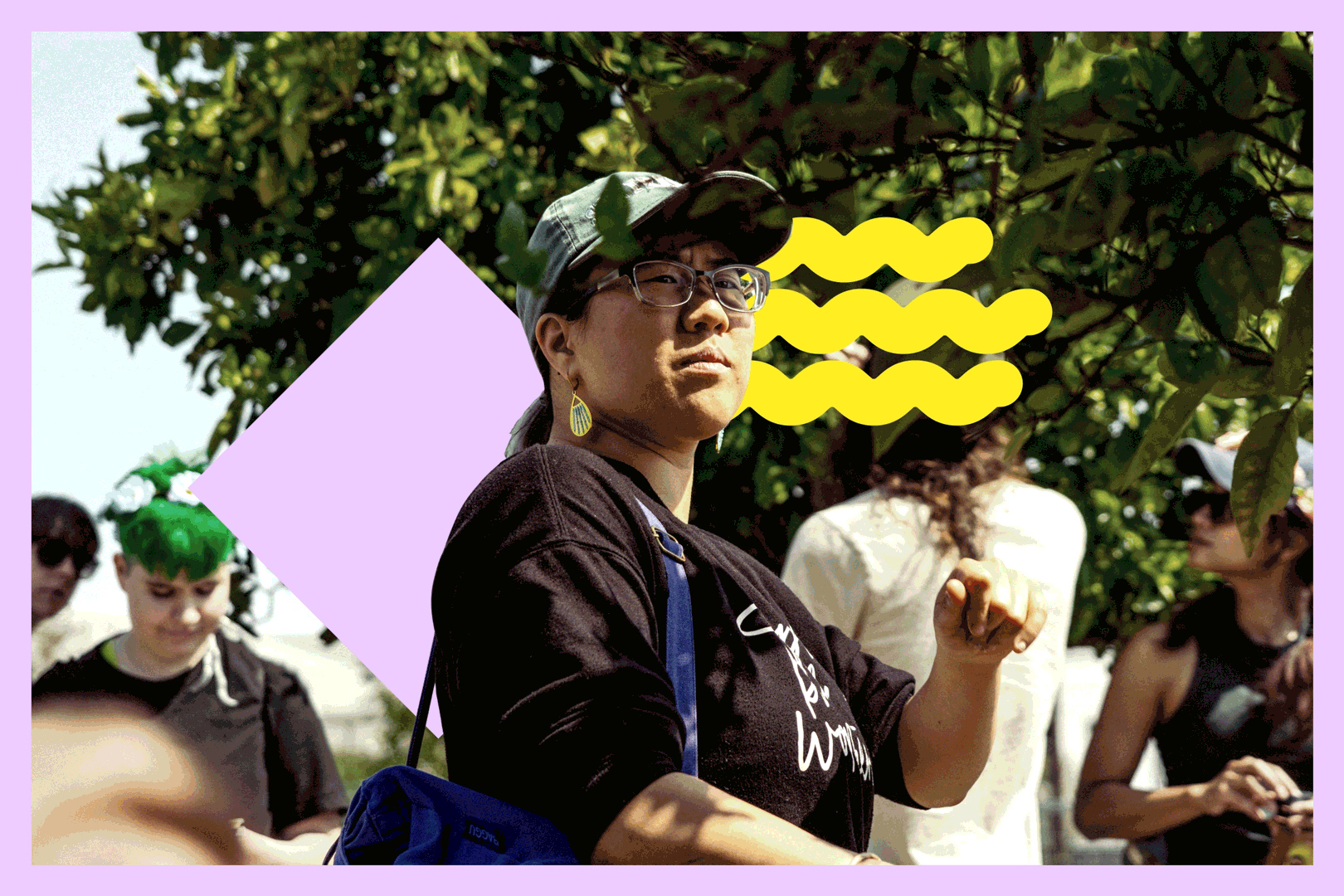
Strolling with forager Jessica Tsae-Ni Lin, 29, is like looking through a prism. As I crouch down in the dirt with her at Fox Hills Park in Culver City, she reveals an alternate universe in miniature. In a thicket, we spy a familiar-looking yellow flower with jagged leaves, but it’s not a dandelion: This humble plant is the sow thistle, and, Lin tells me, I can eat the root, flower and leaves, which are full of vitamin C.
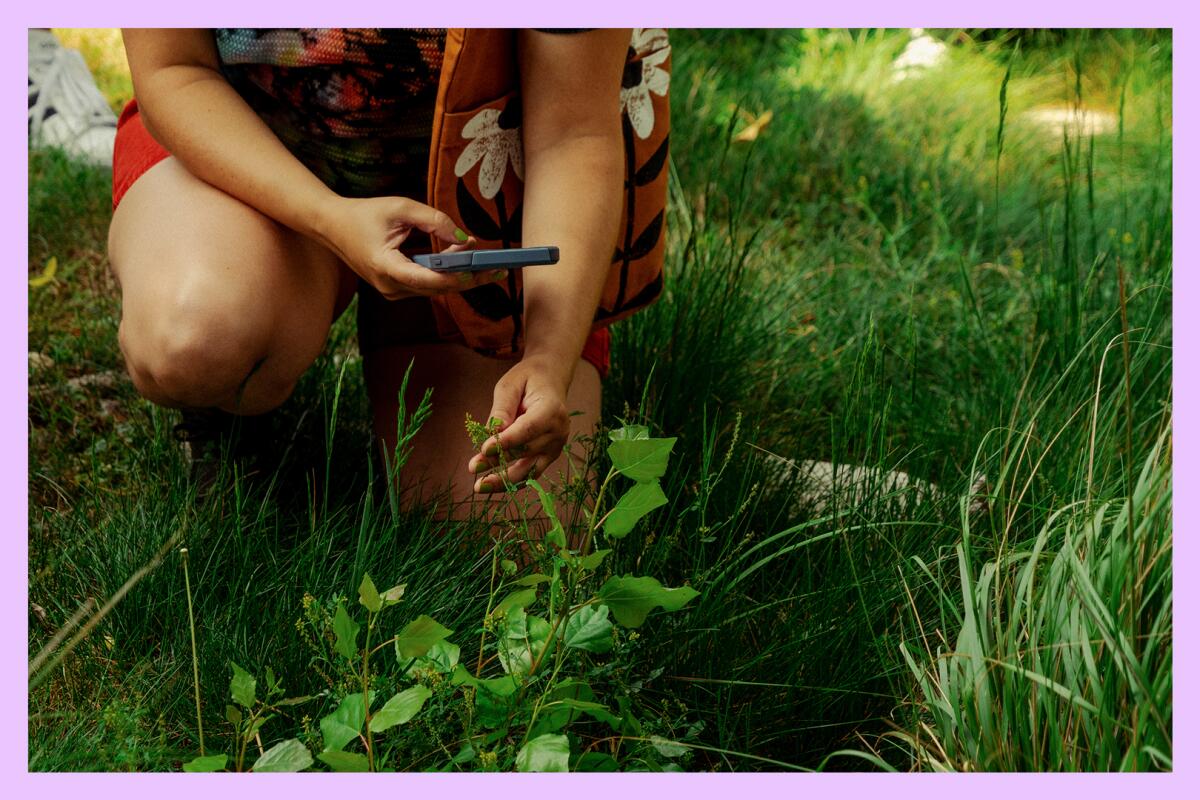
Lin notes that it may take time to adjust to wild tastes. “If you’re eating things like clovers and mallow that are a bit more subtle, give them a chance without sauce added, or wean yourself off sauces over time,” she advises. “Maybe the first time you add a bunch of honey, the next time you add half that amount, and you transition over time to taste the actual flavors of the vegetables and fruits.”
A self-described fruit princess who’s “obsessed with fruit,” Lin makes smoothies and juices with fresh oranges, loquats or apples instead of such sweeteners as cane sugar or maple syrup, and sweetens teas with jujube fruit instead of sugar or honey.
Lin began foraging as a child growing up in the Los Angeles area; today, her company, Beyond the Body LLC, offers two to three public workshops and four private sessions a month at greater L.A. parks via Eventbrite and Airbnb Experiences. By introducing nascent Angeleno foragers to edible plants, Lin hopes to show them the possibilities of the urban wilderness all around us, from providing food to the healing power of nature. People have even told her that their bodies relax while they’re foraging on her tours.
Get The Wild newsletter.
The essential weekly guide to enjoying the outdoors in Southern California. Insider tips on the best of our beaches, trails, parks, deserts, forests and mountains.
You may occasionally receive promotional content from the Los Angeles Times.
“(Foraging) is really a lifestyle option for me,” Lin says. “It permeates into every aspect of my life.” Lin, who uses Chinese herbal medicine and grew up going with her mother to Chinese medicine doctors, finds correlations between that ancient art and foraging. Over the years, she’s learned more about foraging through her own research, as well as podcasts, articles, classes, workshops and studying with fellow foragers and herbalists like Bat Vardeh and Emily Han.
As we walk through Fox Hills Park, Lin introduces me to a thorny ornamental bush with lush white flowers that bears natal plums, which she uses as flavoring in fizzy drinks. I’ve picked natal plums in my local park and tried to eat them, but found them too mushy. Thanks to Lin, I’ll mash them up for drinks when they’re that ripe.
And there’s more: The yellow and white honeysuckle flowers drawn from a bush have a sweet nectar you can suck. I learn to enjoy the bitter too, like a leaf of mallow and a leaf of prickly lettuce. Suddenly, I see these plants everywhere across the park — it’s true that, as Lin says, once you see them, you can’t unsee them.
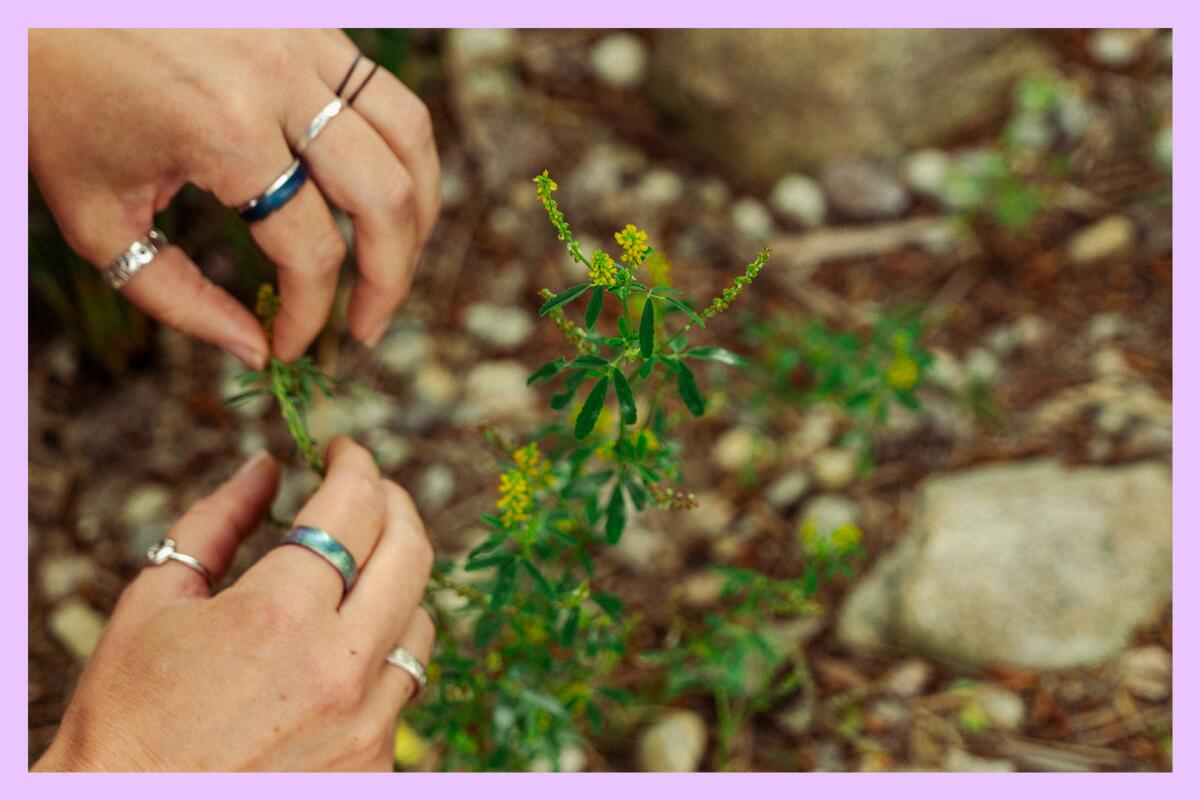
Beyond the vitality of the plants themselves, Lin provides an inclusive space with personalized accommodations for those who take her tours. She offers queer foraging and BIPOC foraging workshops once a month, and her community-building meet-ups extend into speed dating and zine hangs. She and I spoke about the importance of inclusion on her walks, why foragers are secretive and how her speed dating workshops offer a romantic space for foragers. If you’d like to join a workshop or schedule a session, contact Lin via her website.
How does your mission express itself through your work, and how do you create community through your workshops?
I’ve been publicly offering tours for about a year now. I’m a SoCal and Los Angeles native, and the first in my family to be born in the U.S. It’s been great to represent as a woman of color and incorporate tidbits of Chinese medicine, Ayurveda and Indigenous knowledge. All of our ancestors started out foraging, before globalization and industrialization. People leave my BIPOC workshops and say they feel empowered, that they actually feel a little more connected to themselves, their heritage, other people. We forget that humans are part of nature.
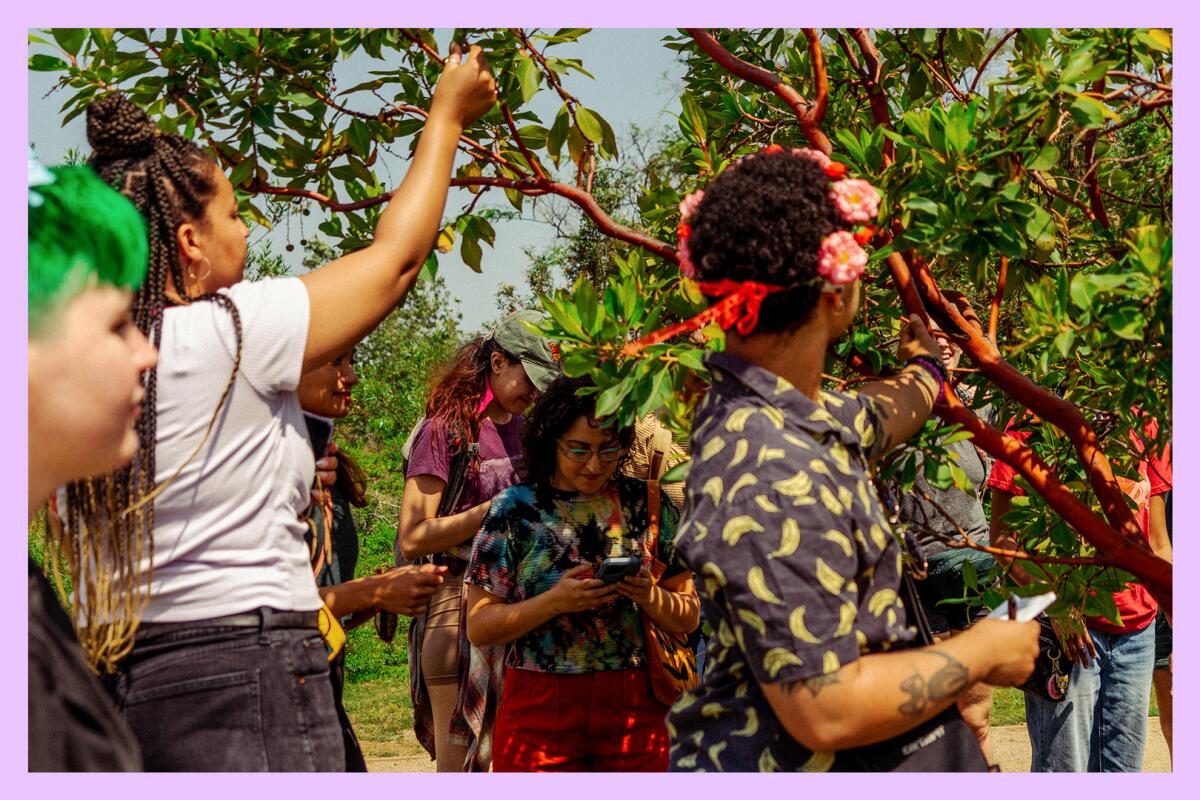
When I mention myself, it’s not to be all about me, but when I say I’m disabled and autistic, people are willing to share more about themselves, and people say, “I’m also XYZ.” There’s a sense of trust that we’re going to look out for each other, that Jessica is going to listen to my problems. When I tell her about my scoliosis, my diabetes, she’s going to listen, have empathy and accommodate me on her tour, not just smile and nod.
It’s about getting to know people more one-on-one — I’ve met their partners, their friends, and they tell me about their kids, their cats, their dogs. I don’t see my work in terms of revenue and numbers, but in terms of really getting to know people on an individual level.
What are some of the things you do to create inclusive, accessible tours?
I try to pick places that are flat, and if they’re not, I will say that in the details. I try to talk to folks about their neighborhoods and pick things that are more central. I drive out of my way to downtown and Culver City and Silver Lake to hold events, and I pick places with free parking. There are no service fees, no mandatory drink event fees.
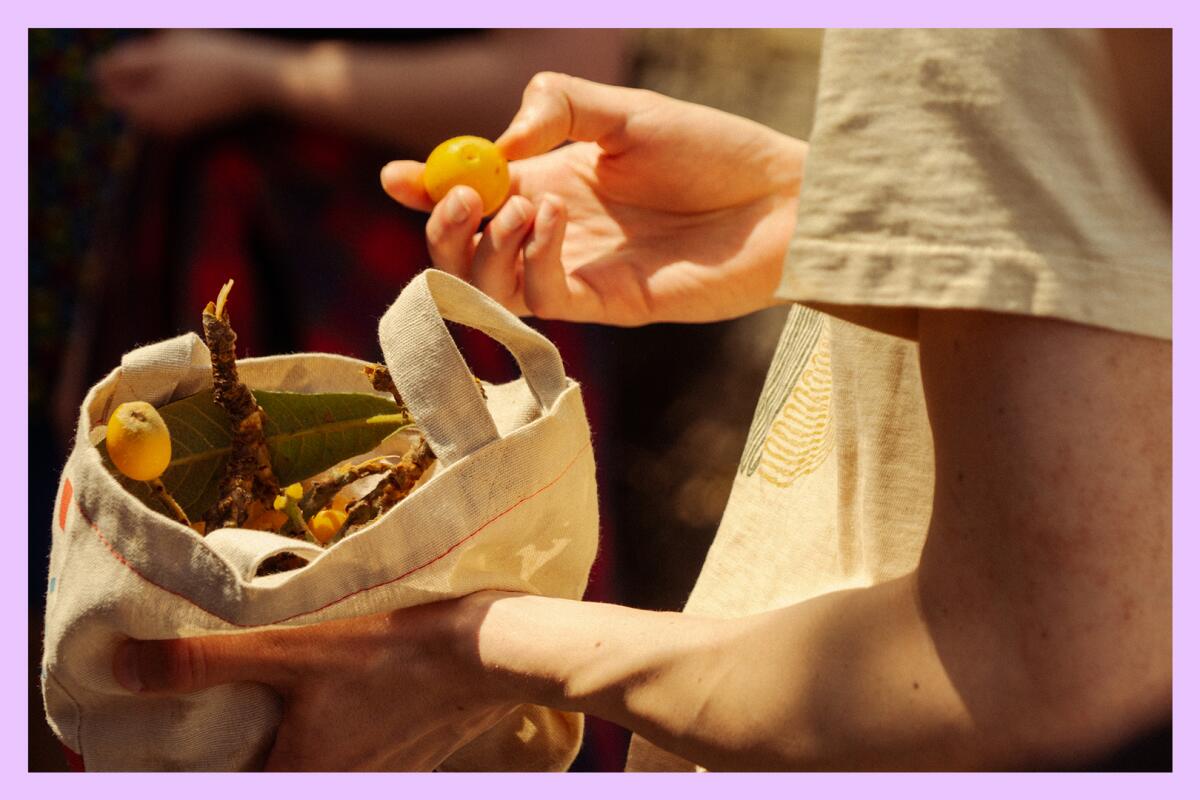
If we have someone who has an autoimmune disease like lupus, they need a lot of breaks, so we do that and pick places with lots of shade so there’s no heat exhaustion. I provide sunscreen and bug spray, water and bathrooms. People who need lip reading, I have them stand closer to me and make clear to other people that they may need an app on their phone to help translate my speaking to a visual text. I’ve had people mentioning that their kids are autistic or hyperactive and might like to interrupt, so we work on accommodating their needs. For those of us who are disabled and want a slower pace, my workshops have a lot of resting and slowing down.
You offer a queer foraging workshop. What do you see as the value of foraging to the queer community?
One of the things is finding a space that doesn’t revolve around drugs and alcohol. People come excited to get their steps in, get their vitamin D, in a pretty intimate space of 30 people or less during tours. I facilitate the space between people to get to know each other beyond a name and a face. If you come to another event, you can say, “Hey, I saw you last time.” Foraging people sometimes see someone they’re romantically interested in, but they’re not sure how to make that work in the foraging setting, so I offer speed dating. The speed dating is sober and good for those interested in less hectic settings.
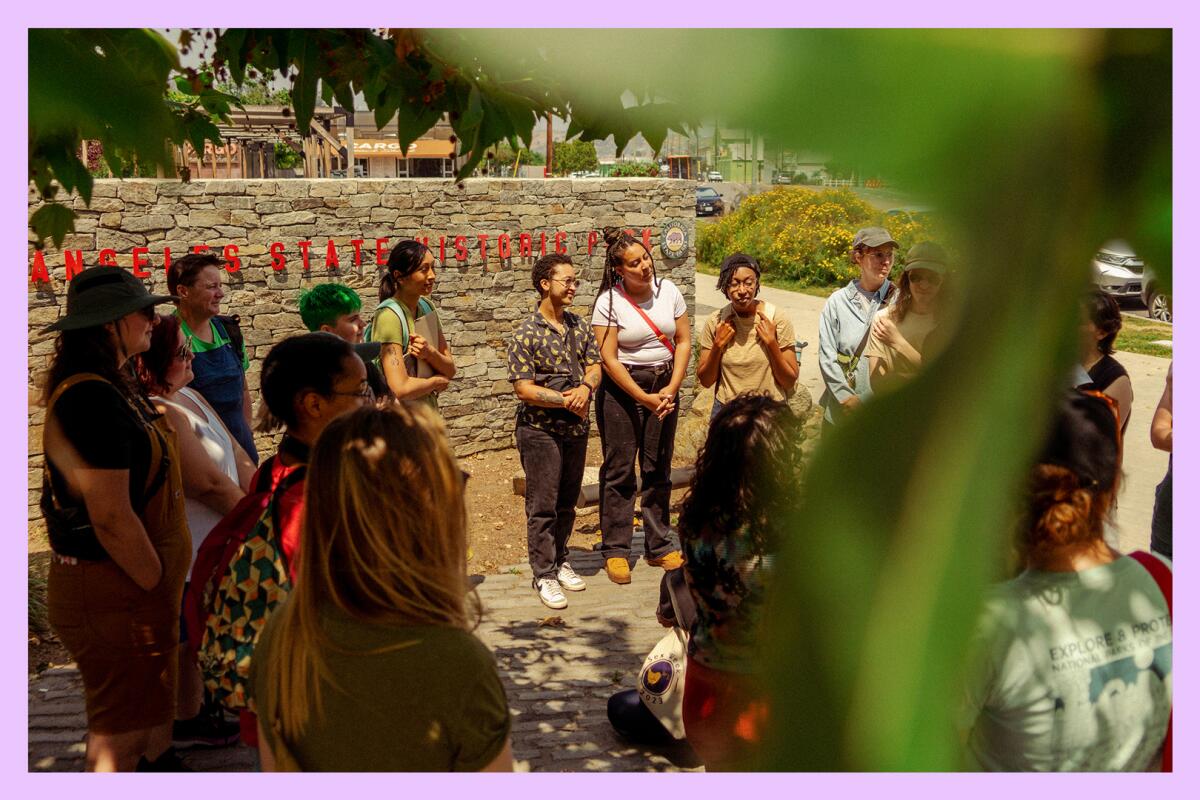
You mentioned this really fascinating notion, that mushrooms are queer.
A lot of these ideas aren’t original — people on Instagram often talk about it. Mushrooms are funky and queer because they don’t fit into the binary of plants or animals, they don’t fit into one category. They make people uncomfortable because we don’t know everything about them, and that’s how some people feel around queer folks as well, because some people didn’t grow up with them.
When you look at the etymology of the adjective “queer,” it means unusual, odd or strange, and mushrooms are really weird and beautiful. There are some that turn blue when you cut them or expose them to air. There’s this sense of nonconformity. And mushrooms have mycelium networks underground where they share a lot of resources; likewise, the queer community is about being open and building each other up.
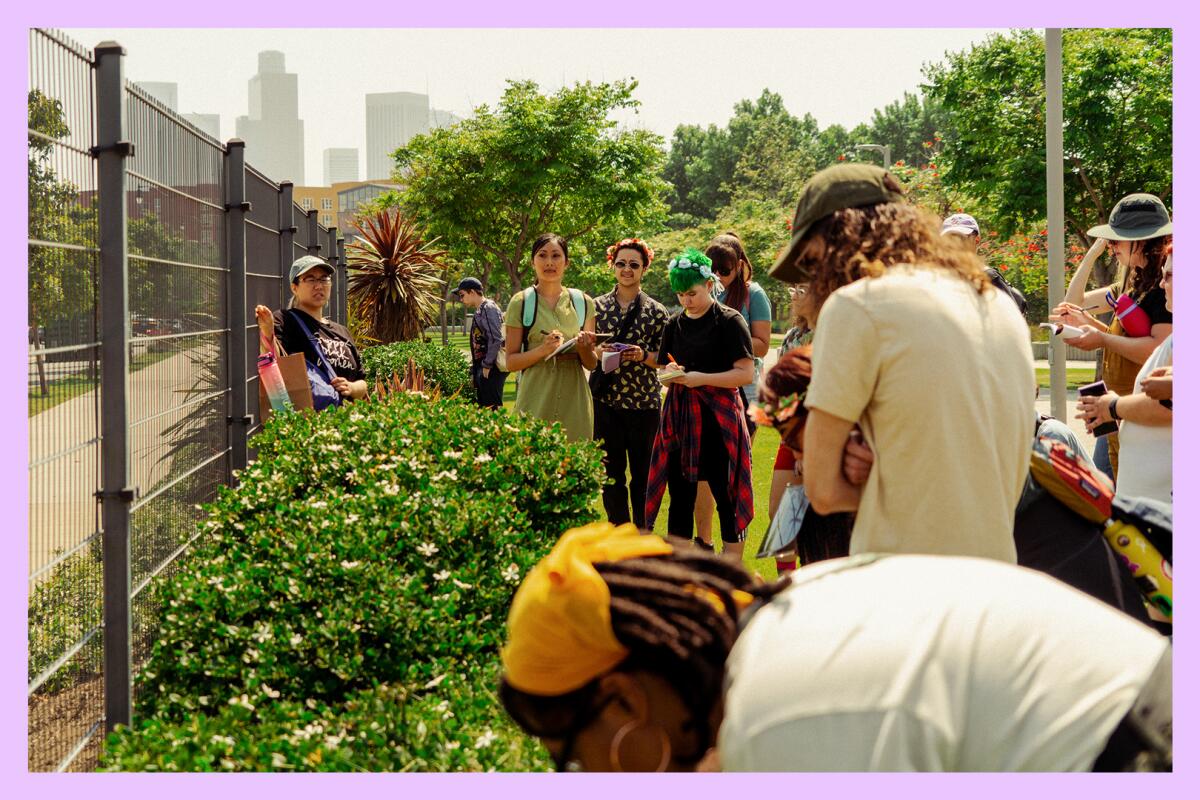
Foragers can be protective of their spots. How do you feel about that?
When I first encountered that secrecy, I felt a little bit annoyed. “I’m going to be different,” I said to myself. “I’m going to share my thoughts.” But I understand: If we share our spots with everyone, it may open it up to people who are not going for the right reasons, or who may not understand they need to leave behind some plants for animals and insects, and some to grow back for the environment. But also, plants are so generous. If you cut off mushrooms, they’ll come back year after year. Foraging isn’t a grocery store where you’re trying to get everything.
People ask you if you forage 100% of your food, to which you say no. Is that the expectation of a forager?
People feel a lot of pressure to be like, “Now I have to be fully self-sustaining and go into the mountains and get all my food” … That’s not a viable option for the vast majority, like 99.9% of people. We can look at foraging as complementary rather than revamping our entire lifestyle.
It’s interesting to see plants like ashwaghanda go mainstream. How do you feel about the “legitimization” of wild food into the mainstream?
These things are already present in the mainstream: acai, collagen, witch hazel, rosemary — they’re in makeup, lotions, body products and medications. I always feel happy when I see passion fruit or kumquat in a Western supermarket, because it gives people the chance to learn about it and for it not to be relegated to the Asian section of the supermarket.
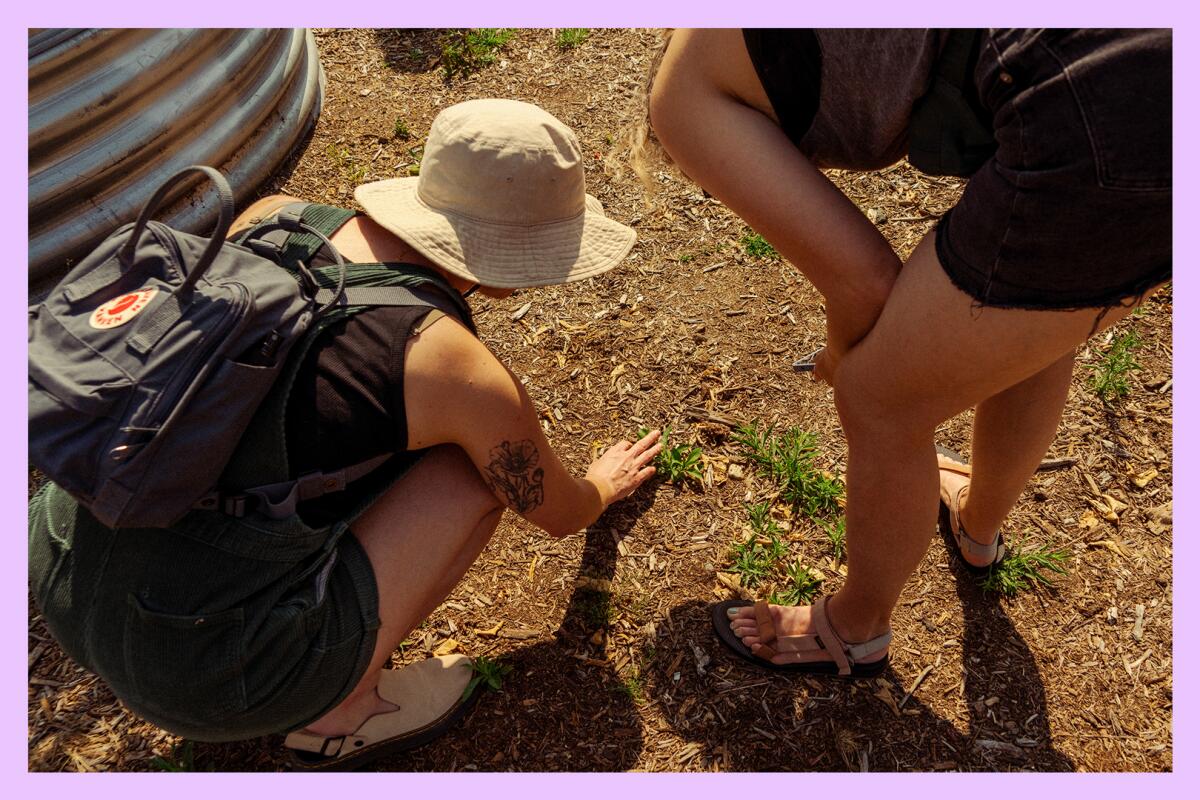
The problem with it is when people think it’s a substitute for biomedicine. I say that as someone who avoided biomedicine because I didn’t want to take SSRIs [selective serotonin reuptake inhibitors]. I thought, “I can just manage my anxiety and depression,” and I tried church, Ayurveda and acupuncture. But my SSRIs really worked and helped. It’s not an either/or situation.
For folks who are not able to take one of your tours, what advice would you give to learn foraging mindfully?
Make use of free resources, following herbalists, chefs and botanic gardens on free days. If you go to botanic gardens that list the name of the plant, that’s helpful. If you’re on a budget, go to your local nursery or even Home Depot, and look at what a cherry tree or a passion fruit vine looks like. If you can’t drive or get to locations, you can listen to podcasts, get books from the library and check out websites. If you feel safe walking around in your neighborhood, walk around slowly without listening to music or looking at your phone. Say, “I’m going to go on a walk for 15 minutes to try to find a mushroom or look for apples.” Recently, I saw a guava tree in the corner of my friend’s courtyard, and on the way to pick up takeout, I saw mint growing in the parking lot. It helps to slow down and pay attention.
3 things to do
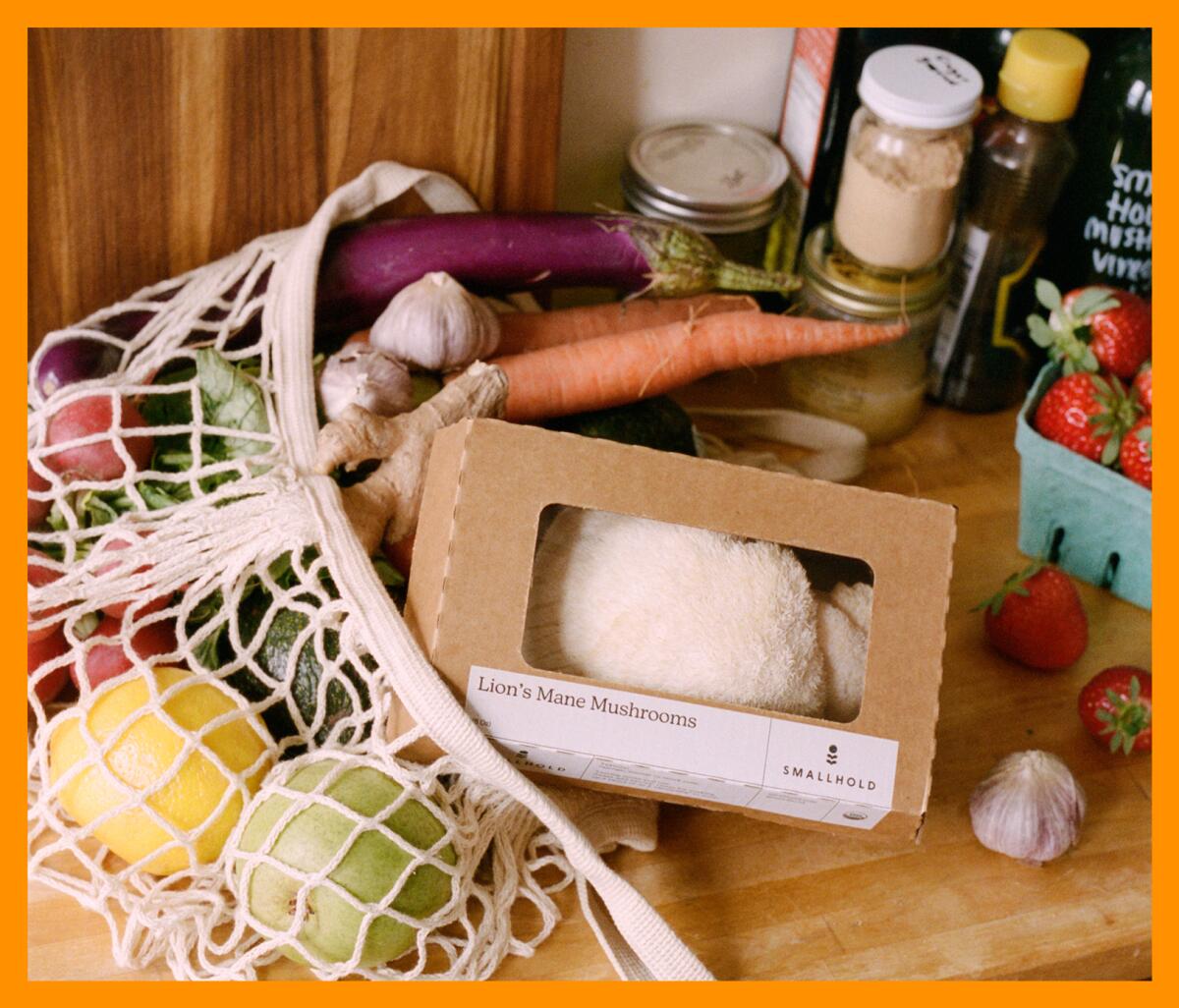
1. Sauté some funghi at Eataly. Certified organic L.A. County mushroom company Smallhold offers a delicious selection of mushrooms, from shiitakes to yellow and blue oysters, and now it’s sponsoring a class too. From 6 to 8 p.m. July 19, learn about the varieties of mushrooms and how to clean, prepare and cook them with the chef of La Scuola, Eataly’s cooking school, in Century City. For $150, ticket holders will sip wine and snack on an antipasto spread while creating several dishes featuring mushrooms; they’ll also take home recipe notes from the dishes featured and get a 10% retail discount for Eataly’s marketplace. Register here if you’re 21 or older (ID is required). Dietary restrictions? Email La Scuola Team at [email protected] before purchasing your ticket to ensure you can be accommodated.
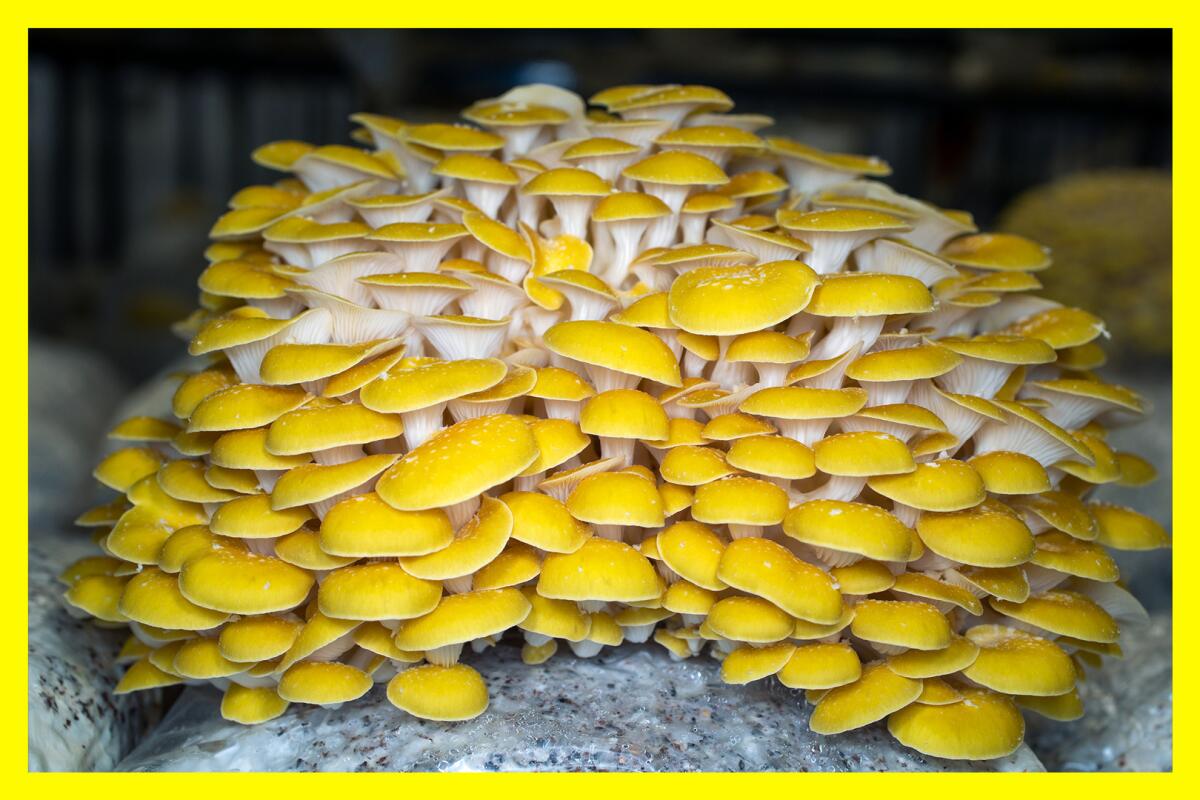
2. Marvel at mushrooms. From 8 a.m. to 5 p.m. July 30, the San Bernardino County Museum in Redlands presents its opening for its new fungi exhibit, “Mushrooms: Keys to the Kingdom.” The exhibit, which runs until Sept. 24, details not only the mysterious, fascinating lives of mushrooms but also those of their oft-forgotten cousins: molds and yeasts. Visitors will view 30 photographs of mushrooms taken by naturalists as they learn what fungi are, what their anatomy is and which produce fruiting bodies, a.k.a. mushrooms. You’ll also learn about fungi’s ecological and cultural significance in our society. Tickets can be purchased at the door and cost $10 for adults and $5 for children ages 6 to 12. Children 5 and under are free.
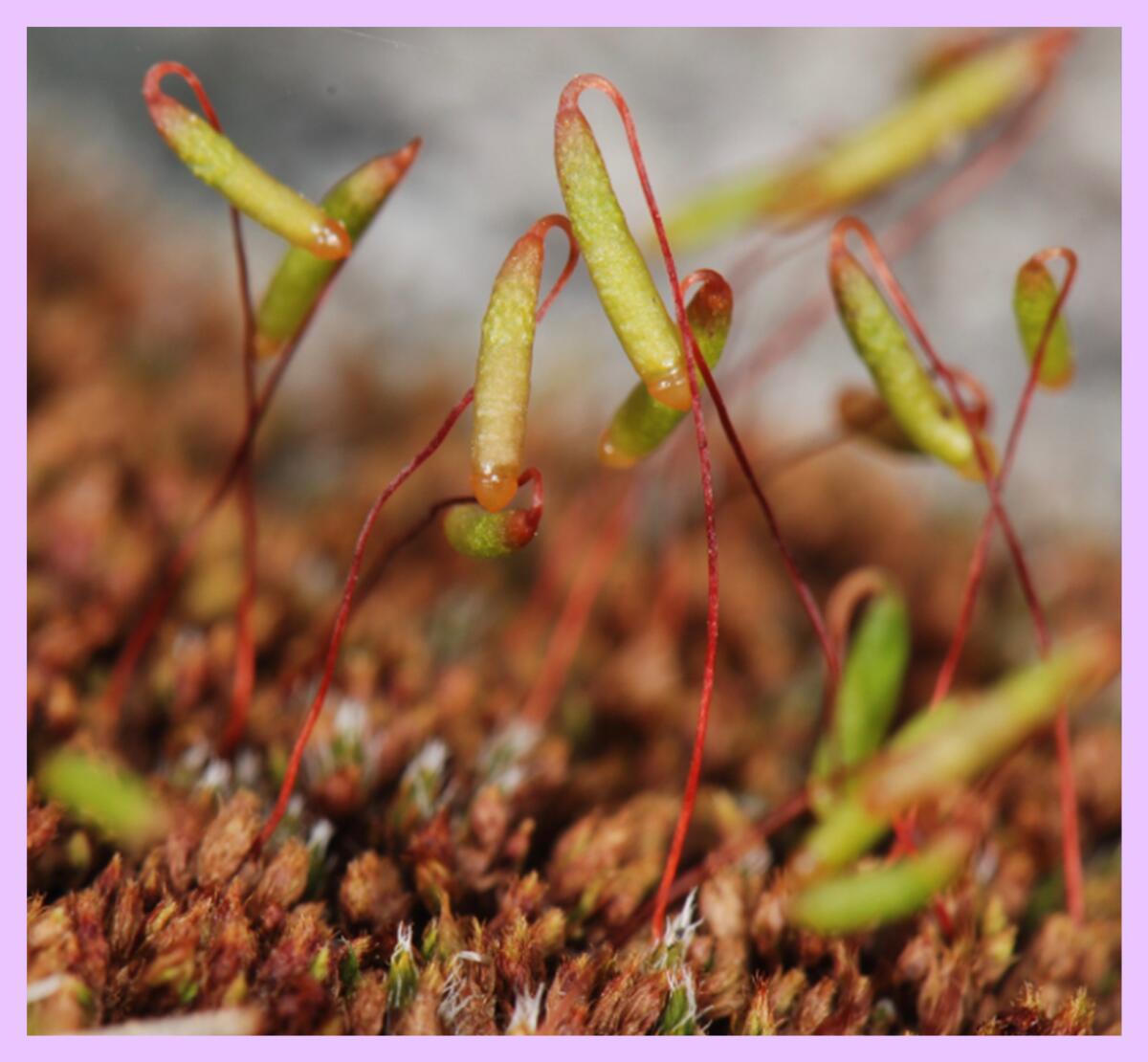
3. Learn about a carbon-capturing wonder plant. Moss is vital to our ecosystems. It soaks up rainfall and keeps the soil below it moist; it captures carbon and offers microhabitats to tiny organisms. And, because it keeps nearby areas humid, it encourages the growth of certain other plants. If you want to nerd out over moss and impress your fellow hikers on the trail, attend the California Native Plant Society’s introduction to the state’s bryophytes, “Bryophyte Basics,” which include mosses, liverworts and hornworts. The speaker, retired Cal State Northridge biology professor Paul Wilson, has studied bryophytes across several climatic and elevational zones in the Sierra and Southern California over the last two decades. The free Zoom event is set for 7 to 8:30 p.m. July 10. Register here.
The must-read
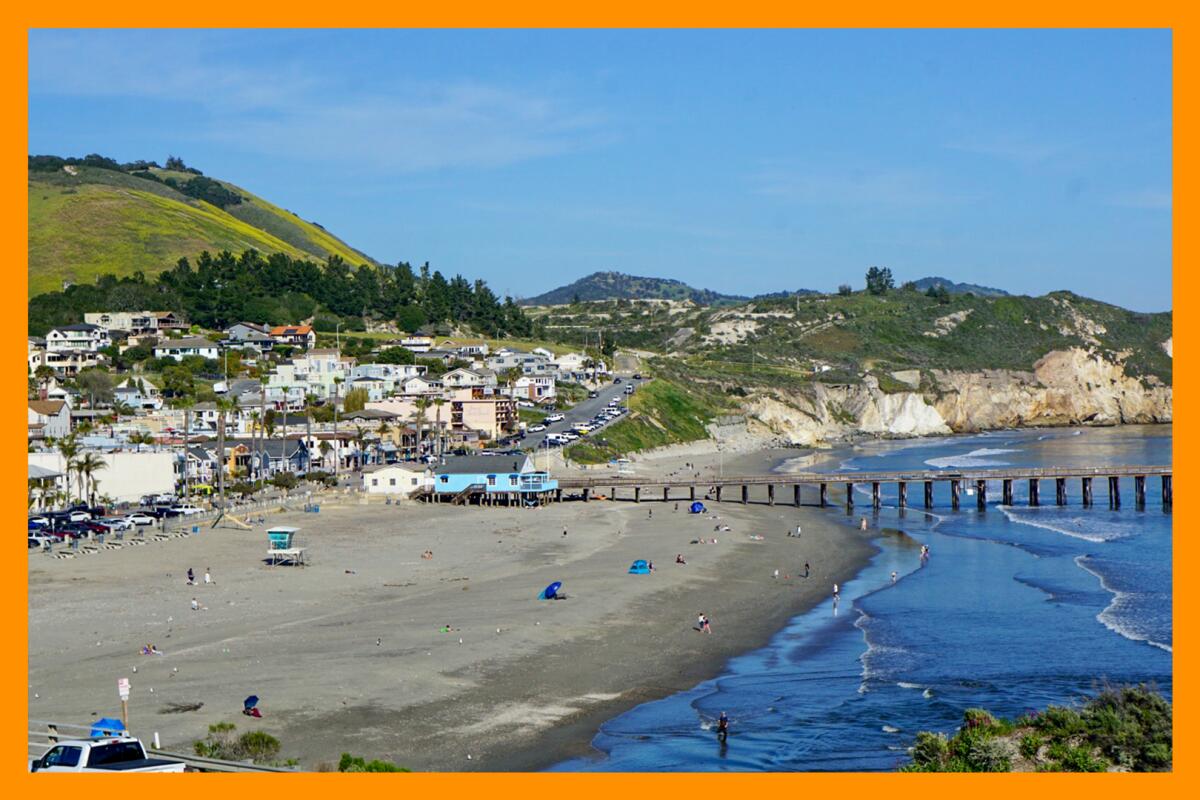
Avila Beach is one of my favorite spots on the Central Coast, and now, Fiona Chandra has written up 15 things you can do there. A bit removed from the tourist melee, Avila has a sweet summer feeling, with families posting up to enjoy picnics and cool, refreshing waves. Grab your beach hat and head 3.5 hours up the coast to hike, ride bikes and paddle board your way across the area.
Happy adventuring,

P.S.
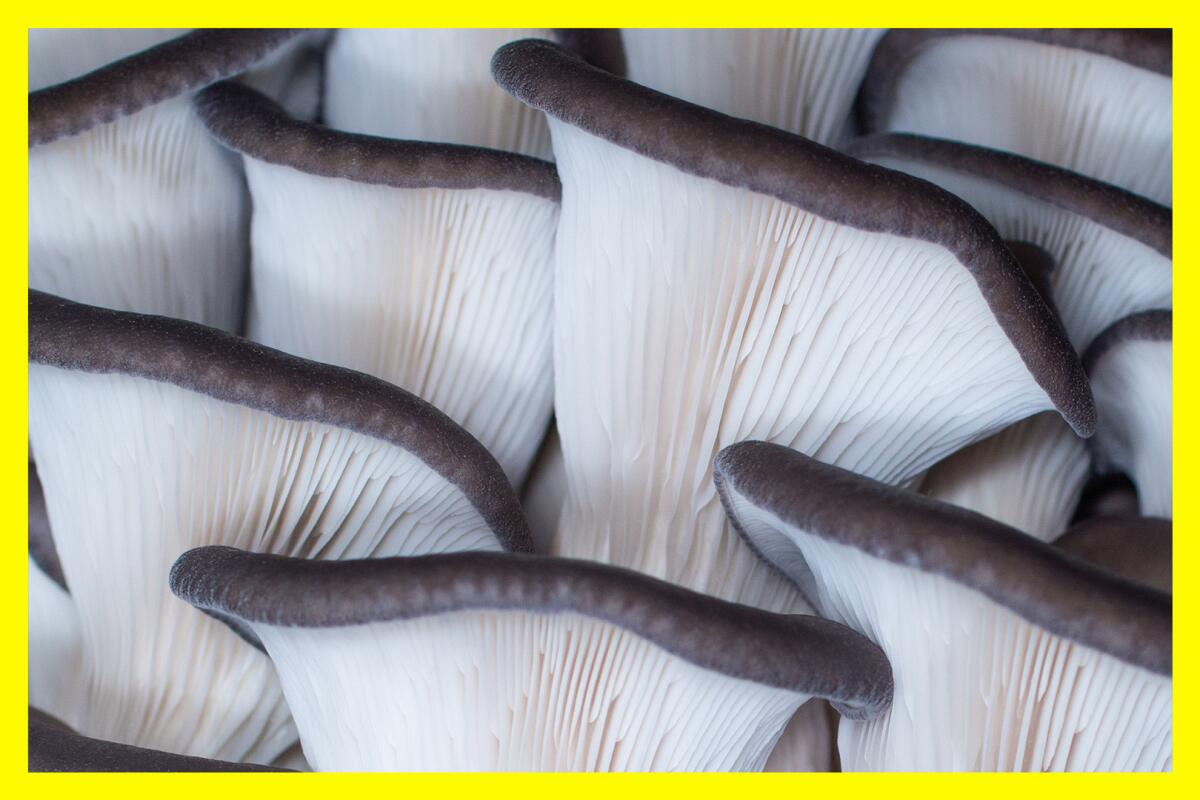
If you’re interested in finding out more about the fungi around you as you hike our trails and stroll our city parks, check out “Fantastic Fungi” on Netflix. No, you need not have any “Last of Us”-style fears about fungi zombies attacking us, as fungi have never been found to infect mammals. Instead, marvel at how they help trees communicate, clean up oil spills and aid in chemotherapy, with commentary from renowned mycologists like Paul Stamets.
A few tips for when you’re out observing on your own: Snap photos of not just the edible ones but also any fungi you find on trees and trails. Remember to look at rotting trees, because that’s where fungi thrive. And know that identification systems like iNaturalist aren’t the best for identifying fungi — spore prints are the only reliable way to do so.
For more insider tips on Southern California’s beaches, trails and parks, check out past editions of The Wild. And to view this newsletter in your browser, click here.
Watch L.A. Times Today at 7 p.m. on Spectrum News 1 on Channel 1 or live stream on the Spectrum News App. Palos Verdes Peninsula and Orange County viewers can watch on Cox Systems on channel 99.
Sign up for The Wild
We’ll help you find the best places to hike, bike and run, as well as the perfect silent spots for meditation and yoga.
You may occasionally receive promotional content from the Los Angeles Times.
